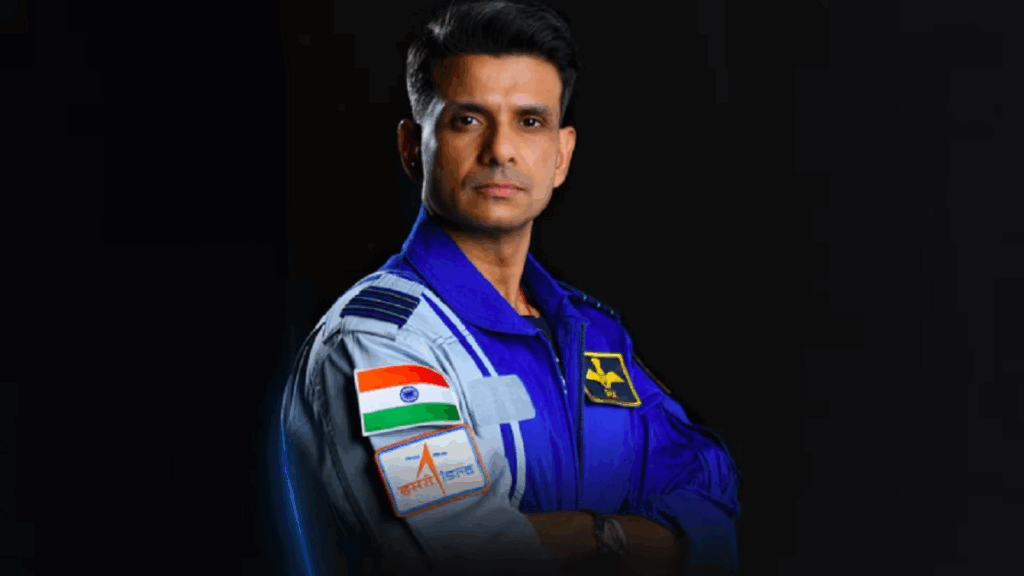Group Captain Shubhanshu Shukla, also known as ‘Shux’ among his fellow crew members, is currently on Day Four of the Axiom Mission 4 (Ax-4) aboard the International Space Station (ISS). This mission marks India’s second human space journey after Rakesh Sharma’s historic flight in 1984. Unlike Sharma’s Soviet-backed mission, Shukla’s trip has come with a price—India reportedly paid $70 million (around ₹599 crore) for his seat.

A Costly But Strategic Investment
Shukla is part of a four-member international crew that includes Axiom commander Peggy Whitson, Poland’s Sławosz Uznański-Wiśniewski, and Hungary’s Tibor Kapu. For all three nations, this mission represents their second human venture into space. While public reactions have been mixed due to the high cost, ISRO views the mission as a crucial step toward its larger ambitions.
In contrast, private space flights like Blue Origin and Virgin Galactic offer much shorter and cheaper trips. For example, Blue Origin charges a $150,000 deposit, and Virgin Galactic tickets were earlier priced at $600,000. However, Ax-4 offers a two-week stay on the ISS, justifying its higher price point.
What the $70 Million Covers
Axiom CEO Tejpaul Bhatia explained that the $70 million isn’t just for a seat—it includes a year-long astronaut training programme. Each astronaut undergoes 700–1,000 hours of intensive preparation, in collaboration with NASA, ESA, SpaceX, and JAXA, covering safety, health, and ISS systems.
While Axiom does not build its own rockets, it contracts launches through SpaceX, making this a coordinated international space initiative. Bhatia also noted that, compared to historical programmes like Apollo, this investment is a “drop in the bucket.”
Microalgae and Cancer Research in Orbit
As part of the mission’s research component, the Day Three bulletin from Axiom revealed that Shukla is working on a space microalgae experiment. These tiny organisms may provide a sustainable food source for long-duration space missions. He deployed sample bags and captured images of algae strains, a step toward understanding their viability in microgravity.
Meanwhile, Commander Whitson is contributing to cancer research, collecting imaging samples that could help decode how cancer behaves in space. Conducted in collaboration with the Sanford Stem Cell Institute, this study may lead to advanced treatments for metastatic cancers on Earth.
Why the Mission is Called ‘Grace’
The launch vehicle for Ax-4 is named Grace, a symbolic title chosen by Commander Whitson. She described it as representing the elegance of movement through space, the harmony between science and spirit, and the humility with which the mission is carried out.
India’s Long-Term Space Goals
Though the cost is steep, ISRO sees this mission as a strategic stepping stone. It plans to launch its own human space flight in 2027, followed by a space station by 2035 and an astronaut mission to the Moon by 2040. The learnings from Shukla’s experience will play a key role in preparing Indian astronauts for these future milestones.
India’s presence on the ISS through Axiom Space is not just a symbolic move—it’s a foundational investment in becoming a global space power in the years to come.
